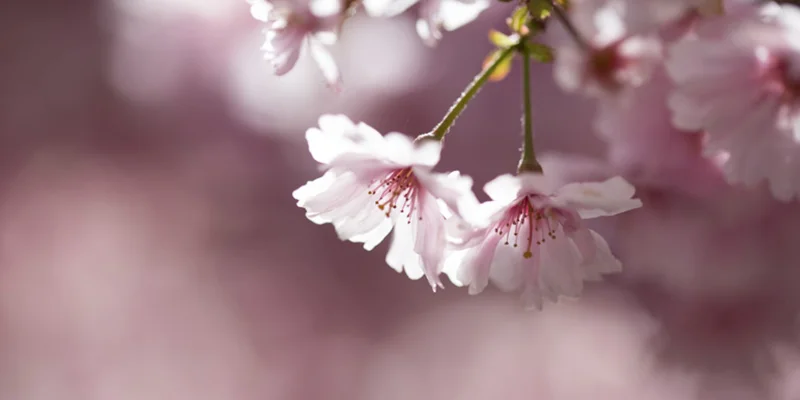If you take your hands off your camera when it is taking a picture, you open up a whole new world of photographic opportunities.
There are 4 primary situations where you would need a tripod. One is when you need to be very precise (for HDR, panoramas or time lapse photography), and one is when you need an extra pair of hands (eg. water splash photography or light painting). However, without a doubt, the most common reason to use a tripod is so that you can use long shutter speeds without getting camera shake.
Without a tripod (or pile of books - see below), you just cannot take any image with a shutter speed over about 1/60th second. So if you are indoors and you need any kind of depth of field at all, you will either have a high ISO (and poor quality image) or a shutter speed so long you will get camera shake:
Camera shake: handheld 1/2 second, f16
Same set up but pin sharp image: 1/2 second, f16 but on a tripod with a self timer
If you don't have a tripod you can improvise with anything at all that doesn't move, and that you can safely leave your camera on: a chair, a bag of rice, or my favourite, a pile of books:
Before you start working with a tripod, refresh your memory about how to change apertures and shutter speeds, and how to use the exposure compensation dial to make quick adjustments to exposure. You will be using a tripod to avoid having to rely on high ISOs, so you might want to set your ISO to 100 or 200 now, and leave it there until you've finished.
The other function you'll need is the self timer (unless you know where your cable release is). There's no point in going to all the trouble of using a tripod if you then press the shutter with your finger - you'll jog the camera and introduce camera shake. Using the self timer means you press the shutter button, but there is a delay of a couple of seconds before the shutter actually fires.
Do you need help with the technical stuff?
My free online beginner's photography workshop shows you everything you need to know to understand every word in this blog post. Register here to get started today:
What to look for when you buy a tripod
COST
It's better to have no tripod than to have a cheap, flimsy tripod. The tripod needs to hold your camera and biggest lens absolutely rock solid. Try it in the shop with your own camera and see if it wobbles, or if the camera slowly droops when you've got a telephoto lens attached. Push it a bit to imagine how sturdy it would be in a high wind.
WEIGHT
If you will be hiking with your tripod you'll thank yourself that you paid extra for carbon fibre. If you won't be carrying it anywhere, you don't need to pay extra for the benefit of the lighter weight.
SPEED
Things that will slow you down: the leg extension mechanism, the quick release plate and the tripod head. Try different types of each in the shop and compare speeds of set up.
CENTRAL COLUMN
Can you take the central column out and hang it upside down, or horizontally? These functions are useful for studio and macro work.
HEIGHT
Does the tripod extend high enough so you don't have to stoop?










